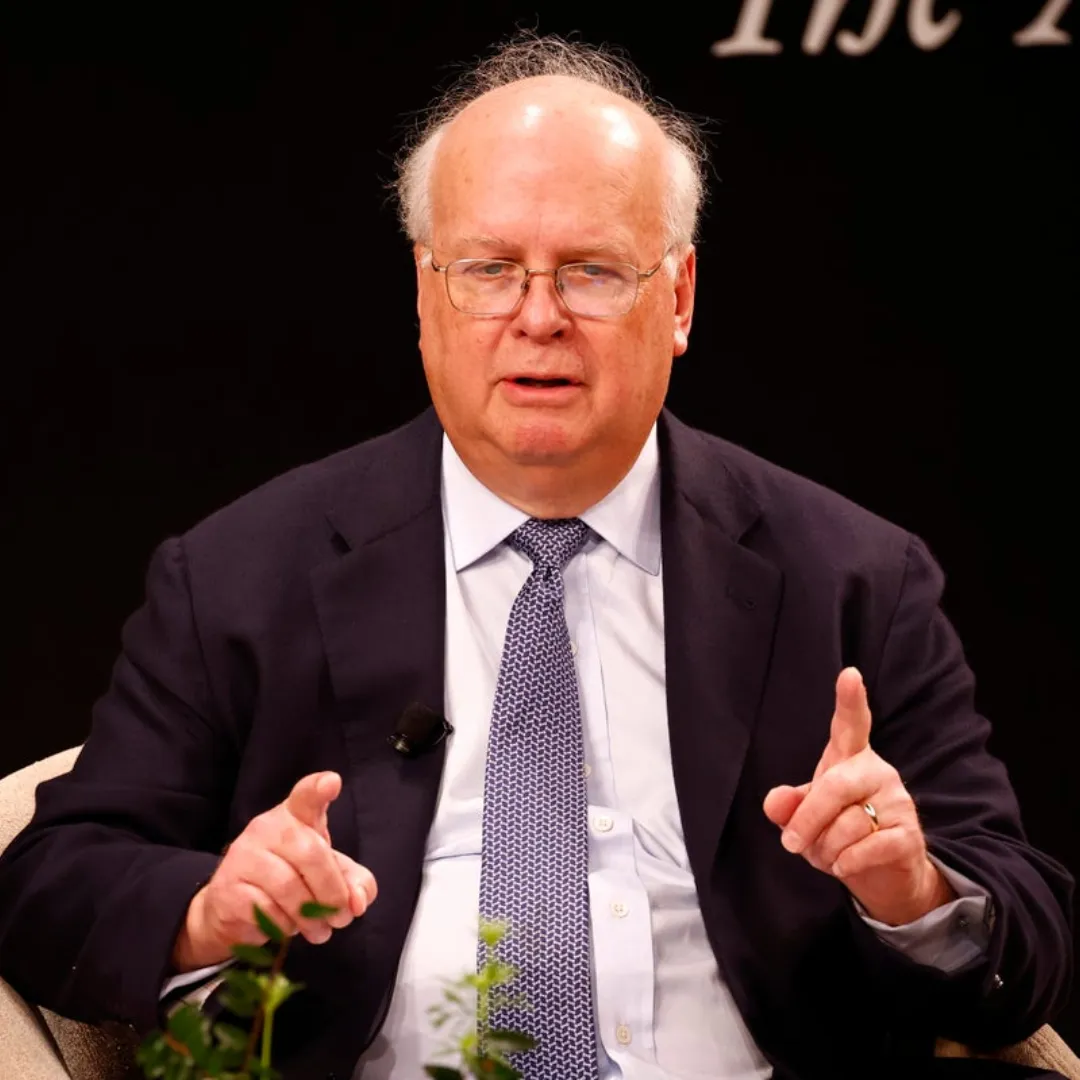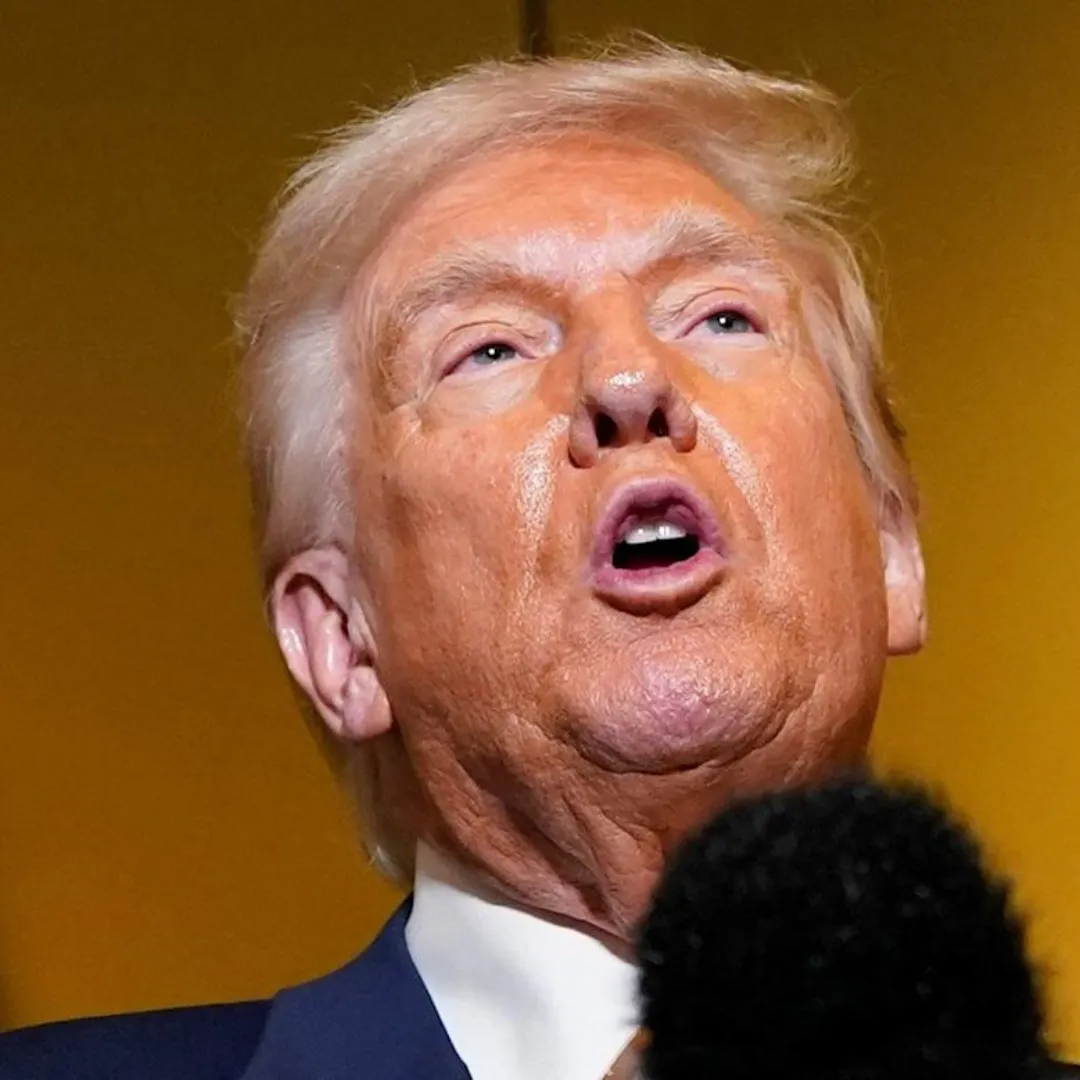
The United States and Ukraine have finalized a long-anticipated mineral agreement, marking a significant development in their ongoing partnership during Ukraine’s protracted conflict with Russia.
The deal, announced Wednesday by the U.S. Treasury Department, paves the way for long-term American economic investment in Ukraine’s valuable natural resources and is being framed as a broader commitment to Ukraine’s sovereignty and postwar recovery.
“This agreement signals clearly to Russia that the Trump administration is committed to a peace process centered on a free, sovereign, and prosperous Ukraine over the long term,” Treasury Secretary Scott Bessent said in a statement. “As the President has said, the United States is committed to helping facilitate the end of this cruel and senseless war.”
The deal is the culmination of months of quiet negotiations between U.S. and Ukrainian officials, designed to secure American involvement in the extraction and export of Ukraine’s raw earth minerals, which include materials critical to technology, defense manufacturing, and clean energy infrastructure.
These minerals—ranging from lithium to rare earth elements—have long been viewed as a strategic asset, not only for Ukraine’s economic recovery but also for the global supply chain of high-tech goods.
The announcement comes just days after a deadly escalation in Ukraine’s capital, where Russian forces launched a drone and missile attack that killed dozens and damaged key infrastructure.
The latest strike underscored the urgency behind continued international support for Ukraine and heightened the stakes around economic deals designed to strengthen the country’s long-term security.
It also follows a dramatic meeting between President Donald Trump and Ukrainian President Volodymyr Zelensky last week at the Vatican, where both leaders attended the funeral of Pope Francis.

The face-to-face interaction marked a turning point after an earlier failed attempt to sign the agreement in February. That White House meeting ended in public confrontation, with both sides walking away from the table amid disagreement over language in the accord and terms of resource control.
After departing Washington under tense circumstances, Zelensky later issued a formal apology for the fallout and expressed renewed commitment to working with U.S. officials. His outreach reignited negotiations, which continued through backchannels and diplomatic meetings in Europe.
According to sources familiar with the process, the two governments had reached a tentative framework in early April but delayed the final signing until after the Vatican meeting, where Trump and Zelensky reportedly resolved lingering disagreements in private conversations.
Wednesday’s formal signing now cements that understanding and sends a joint message of cooperation in the face of continued Russian aggression.
“This is more than an economic pact,” said a senior U.S. official involved in the talks. “It’s a long-term signal that we will not only help Ukraine recover, but we will also ensure that those who enabled this war will not profit from its aftermath.”
Secretary Bessent reiterated that principle in his remarks, stating that “no state or person who financed or supplied the Russian war machine will be allowed to benefit from the reconstruction of Ukraine.”
Under the terms of the agreement, American companies will have access to specific mineral sites within Ukraine, including regions that remain under Ukrainian control and are deemed secure by both governments.
These companies will enter into partnerships with Ukrainian firms, and profits are expected to be shared through joint ventures designed to stimulate Ukraine’s postwar economy.

While the agreement includes safeguards to prevent exploitation, critics have raised concerns about the long-term consequences of allowing foreign access to Ukraine’s most strategic natural resources. Some members of the Ukrainian parliament have warned that any appearance of dependency could weaken the country’s bargaining position in future geopolitical negotiations.
Environmental watchdogs have also expressed caution, urging both governments to ensure that mining operations do not compromise ecological protections or displace local communities.
U.S. officials say those concerns have been addressed through a series of transparency and oversight clauses in the agreement. A joint commission, made up of representatives from both countries, will oversee compliance, monitor environmental standards, and evaluate the economic impact on affected regions.
The announcement marks a rare moment of consensus between Kyiv and Washington amid an increasingly complex international landscape. Since the start of the war in 2022, the United States has provided tens of billions of dollars in military, humanitarian, and economic assistance to Ukraine.
But as the war drags into its fourth year, pressure has grown within both countries to shift focus from short-term aid to long-term investment.
President Trump, in his second term, has placed a stronger emphasis on foreign policy deals that offer direct economic benefits to the United States. In that context, the mineral agreement with Ukraine is being held up as a model of mutually beneficial diplomacy—advancing American interests in global supply chains while also contributing to Ukraine’s stability and recovery.
For President Zelensky, the deal provides a lifeline at a critical moment. While his leadership during the war has won praise both domestically and abroad, his government faces mounting pressure to produce economic progress and restore investor confidence.
With infrastructure in ruins across large parts of the country, Ukraine needs capital, partners, and long-term commitments—something this agreement is expected to help deliver.
The deal is also likely to increase tensions with Moscow. Russian officials have long claimed that the West’s interest in Ukraine is motivated by resource extraction rather than democratic principles.
By formalizing U.S. involvement in Ukraine’s natural resource sector, the agreement could be used by the Kremlin to justify further military or economic escalation.
Still, U.S. and Ukrainian leaders argue that such moves only strengthen the case for continued international support. “The Russian government will not be allowed to dictate the future of Ukraine,” Bessent said. “Our message is simple: Ukraine belongs to its people, and its resources will be used for their benefit.”
The mineral deal is expected to take effect within the next six months, pending regulatory approvals in both countries. Pilot projects may begin as early as the fall, with initial shipments projected to reach U.S. ports by early next year.
In the coming weeks, delegations from both countries will meet again to finalize logistical details and begin implementation planning. American firms interested in participating will be required to go through a bidding process and demonstrate compliance with human rights, labor, and environmental standards.
Observers say the agreement may also serve as a template for similar partnerships with other allies in the region. With global demand for rare earth elements growing rapidly, especially for use in batteries, electric vehicles, and defense systems, the United States has been seeking ways to diversify its sources and reduce dependence on Chinese and Russian suppliers.
Ukraine, with its untapped reserves and need for economic reconstruction, may prove to be a key partner in that effort.
As Zelensky and Trump prepare for future meetings on broader regional issues, the mineral agreement stands as a concrete symbol of cooperation and strategic alignment. Both leaders now hope the deal will not only strengthen their bilateral ties but also demonstrate to other nations that standing with Ukraine can yield real results.





